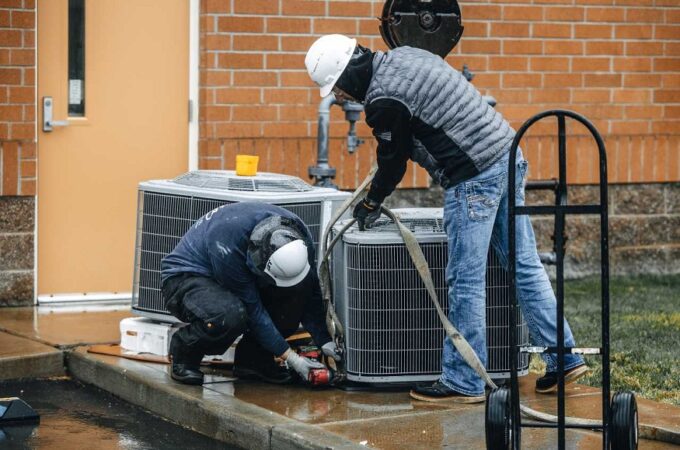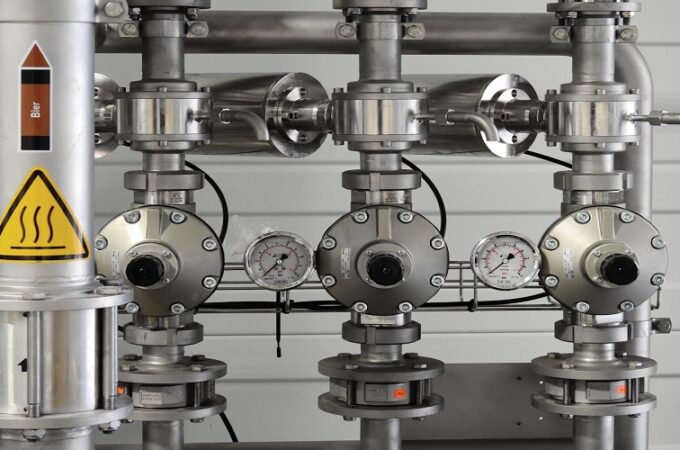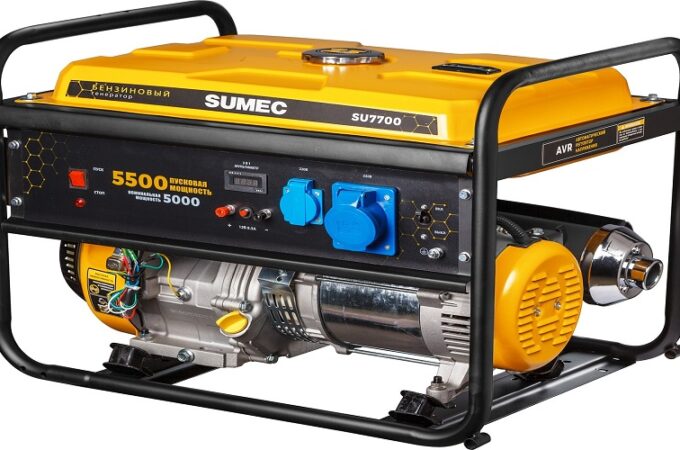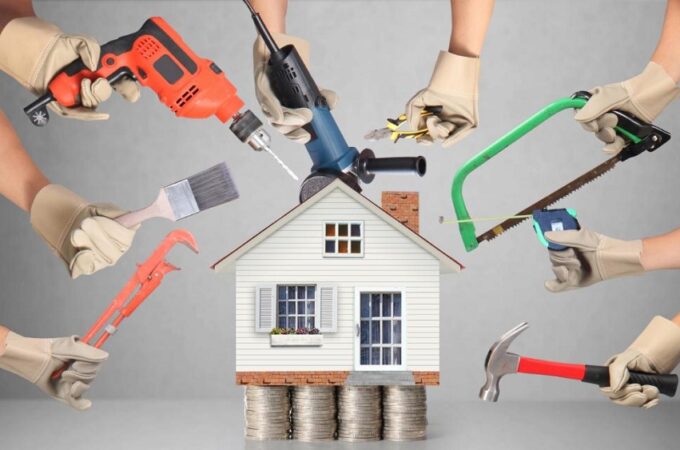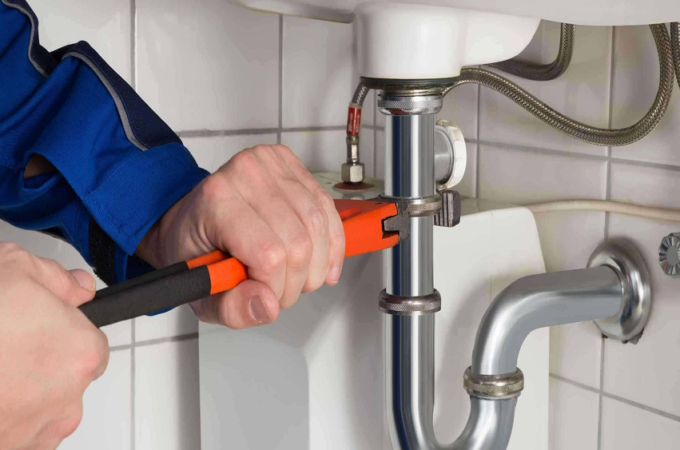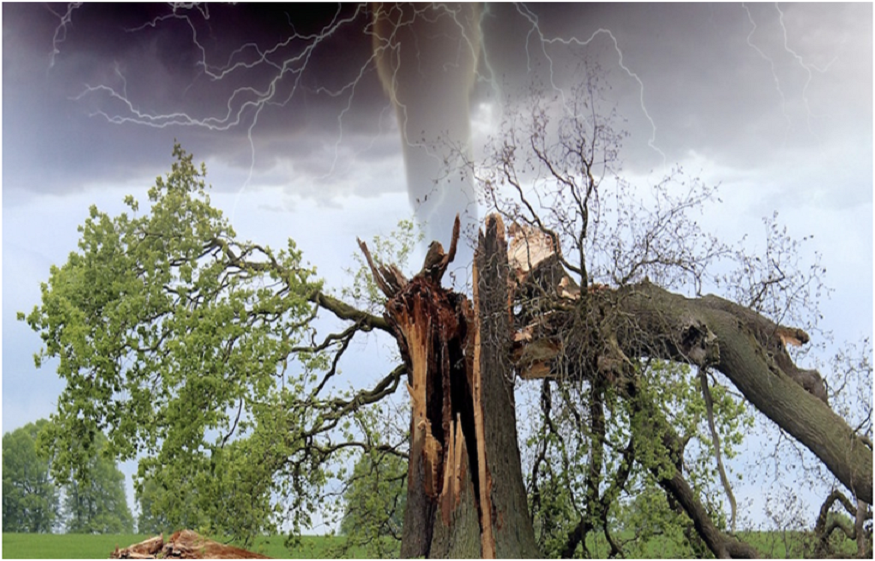
Tropical Storm and Hurricane Tree Damage: What You Need to Know
We get our fair share of tropical storms and hurricanes here in Florida. No matter if it’s a level 5hurricane, or a tropical storm, many trees are susceptible to damage from this type of weather. You may have to pay more for insurance because of hurricane tree damage.
We have been serving residents like you for many decades and are very familiar with hurricane tree damage. This blog will provide information about hurricane and tropical storm tree damage. You will also learn how to determine if the tree can be saved or removed.
The Link Between Hurricane Protection and Local Trees
Let’s talk about hurricane tree damage as we discuss urban forests and how trees provide hurricane protection. All trees within a community make up an urban forest. Urban environments are home to many trees. A healthy urban forest must be managed as an ecosystem. This shade helps lower the temperatures in cities and neighborhoods during summer. It can reduce storm runoff, and help prevent or minimize flooding.
Cities must ensure that trees are properly managed as they offer many benefits for homeowners. This includes highway protections and even hurricane protection.
A community can rebuild after a hurricane and plan an urban forest to assist with future storm damage.
This is how a healthy urban forest looks like:
- Intentionally planted trees are designed to conserve energy and reduce your energy bills
- The community’s trees can help increase the property’s value.
- Certain species of trees with large canopies may provide shade and cooling.
- Urban forests help improve air quality and provide health benefits.
- Urban forests can help reduce flooding and erosion
- Many species of trees can help mitigate hurricane force winds.
Now that you understand the importance of trees in the community’s function and preventing hurricane damage to it, let us talk about how to clean up after a hurricane or assess the damage.
Assessment of Hurricane Tree Damage
Imagine a hurricane has just passed through and you’re looking outside to assess the damage to your home. You need to determine what to do about hurricane tree damage immediately after a hurricane or tropical storm. While some tree damage can be devastating, there are other situations where trees can survive with proper care.
Some trees can be left alone and may not need any treatment or restoration.
When it comes to hurricane damage, there are two options. There are two options when it comes to hurricane tree damage: either you can remove the tree or you can restore it. The extent of hurricane tree damage and the tree’s species will influence the decision on which course of action to take.
These guidelines will help you assess and determine the extent of damage to trees following a hurricane.
How to Save a Tree after a Hurricane
Even though the tree may have suffered some damage from the hurricane, there is still hope. However, trees can still be saved after a hurricane if they have their trunks and major limbs intact. Cracks, decayed wood or bark inclusions should not be found on the tree.
Roots cannot be pulled out of the ground. Restorative measures are possible as long as the tree’s structure is intact after a hurricane or tropical storm.
These are other things to keep in mind when you restore a tree following hurricane damage.
- Tree canopy has lost a lot leaves. They are not usually dead when they lose their leaves in a tropical storm or hurricane. It is best to wait until the next spring before you do anything. New leaves might grow in the future. Remember that palm trees, and even palm trees, can lose their leaves if they are flooded with saltwater. To remove salt from the soil, you can irrigate.
- Trees can sometimes be restored if they have major limbs that are damaged by decay resistant species. Live Oak, for example, is resistant to decay. Even if the tree has suffered severe branch damage, this type of tree can still be restored. It is easier to restore young trees with branches less than 10 inches in size.
- Trees that are falling or leaning can be repaired if they are small and recently planted. These trees can be replanted or stood up again. A professional is required to help you lift a fallen tree.
- Small branches can often be restored if they are dead or broken. Trees with branches smaller than 4 inches in diameter can be easily pruned and will likely recover and survive.
- They can still recover from a hurricane if a large portion of their canopy is damaged by decay resistant species. It can still survive even if 75% are taken out by the hurricane.
There are many ways to repair hurricane tree damage. With a little effort, you can bring back your tree.
Hurricane Damage: When is it safe to remove a tree?
There is a good chance that many trees can be restored after hurricane damage. However, you might need to consider removing them. Here are some considerations when tree removal is required for your protection.
- A tree that has its lower trunk broken or cracked will need to be removed. If a tree has large branches that are broken or have cracks that reach into its trunk, it will likely need to be taken down. Because the trunk will likely fail, it is important to remove the broken branches.
- A large branch that has split from the tree should be removed. Bark inclusions, for example, can cause weak unions between branches and are highly susceptible to breaking.
- Trees that have major roots are to be removed if they become damaged. This is especially important for older trees and those in middle age. Writing can cause the tree to become unstable and unsafe. For proper support, larger trees will need large roots.
- Trees that are leaning towards a building or powerline, road, or any other high-value structures or items will need to be removed. Because leaning trees can cause major root breakage and be potentially dangerous,
- Trees that are highly likely to fall at some point in the future should be removed for safety reasons.
- Tree branches and limbs larger than 8 inches in circumference must be removed.
You can remove the tree yourself or hire someone to do it. No matter what route you choose, safety is paramount.
Why not hire a professional to help with tree damage?
Some situations require professional assistance. Tree trimming companies such as Warner have the equipment and insurance necessary to deal with hurricane damage.
We have the ability to remove dead or dangerous limbs from trees after hurricane damage. Hiring a professional reduces the chance of further injury and damage to your property by having the right tools and experience.
Arborwise Tree Service can help you with your trees.
- Tree trimming is done to prevent fallen or dangerous limbs and further damage.
- Tree removal is the safe and secure removal of trees from your property, regardless of their size or damage.
We are available to assist with tree care, even if it isn’t hurricane season. Tree trimming and removal is necessary for many reasons.
Tree trimming helps maintain trees’ health and promotes fruit production in trees like citrus, bananas, and many more. Tree removal is necessary when trees grow too close to your property or their roots cause damage.
Arborwise Tree Service can help you if you have any questions about tree trimming and removal.
This post was written by a professional arborist at Arbor Wise Professional Tree Care. Robert Miller is the owner of Arbor Wise Professional Tree Care, a locally owned and operated tree service company that offers superb lawn care by the most experienced Arborists. Arborwise Tree Services is a tree removal company that offers stump removal, tree pruning, stump grinding, fertilization, and tree restoration. We have an extraordinary lawn care industry notoriety covering the Pinellas county area. Click here for more information!

